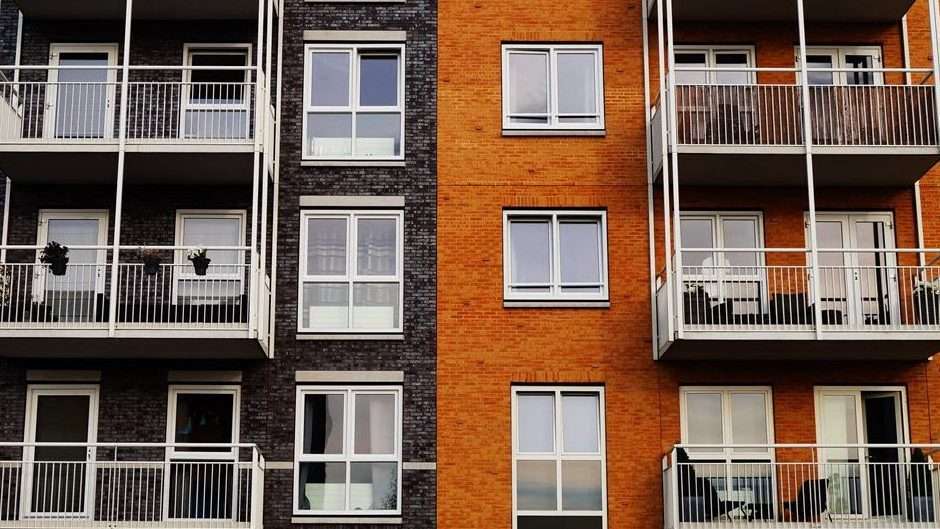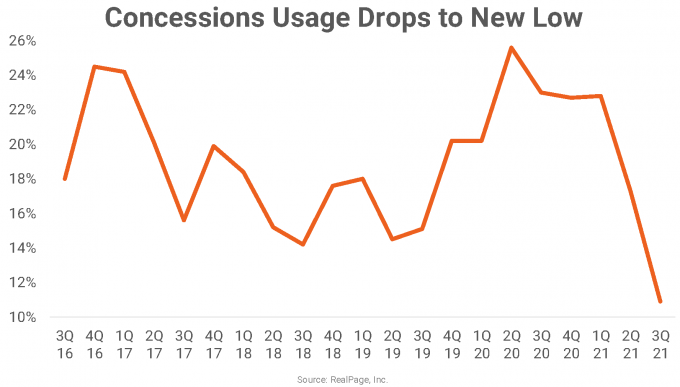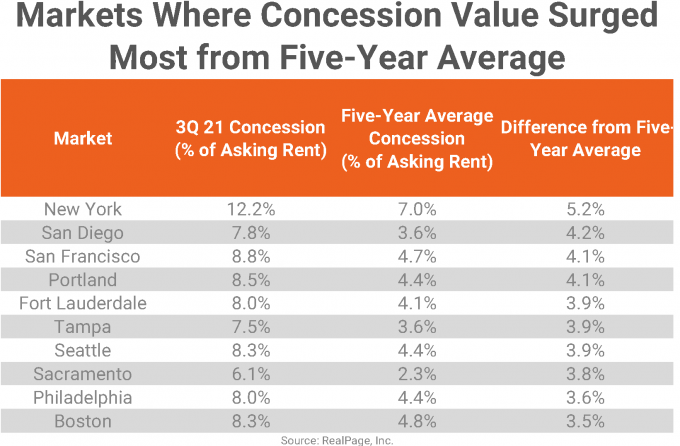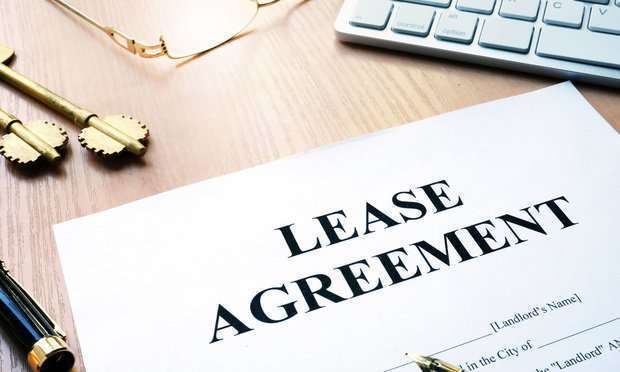
An expected détente of predictable pricing for planning purposes went elsewhere.
As recently as October, lumber prices seemed to be moving to a new sustainable norm. It seemed as though prices in the $500 to $600 range per thousand board feet might become the new normal for the next year or so.
Or so it seemed … until the middle of November, when prices again began to rise. Yesterday closed at $979.30.
“The factors that caused the rise in lumber prices earlier in the year are still at play today,” Chip Setzer, director of trading and growth at commodities platform Mickey, tells GlobeSt.com. “Weather continues to be a driving factor for both supply and demand. We’ve seen unseasonably warmer temperatures across the US which has allowed construction to continue well into the start of winter. This has allowed the demand for building materials to remain strong. Also worth noting is that interest rates remain low, which is continuing to fuel housing demands.” Canada has also seen ongoing bad weather conditions, including major flooding affecting highway systems, that delayed and even stopped many lumber shipments into the U.S.
Prices “may continue to rise to above $1,000, which was last seen in Spring 2021,” Ross Price, director of finance at Mickey, tells GlobeSt.com. “This has been driven by a combination of strong construction activity, limited supply due to labor shortages, flooding in Canada, and an announcement by the US government that it would double tariffs on Canada’s lumber.”
The tariffs had been about 9%, but just before Thanksgiving, the U.S. decided to double duties to 17.9% on Canadian softwood lumber. Softwood is the material used in such applications as framing and concrete forms.
“As a result, the cost of home prices is expected to increase, which will continue to cause issues to homebuilders,” Price continues. “At some point, demand for new housing should subside which will lower the demand for lumber and prices could potentially fall.”
The housing market’s growth has shown recent signs of slowing, although the S&P CoreLogic Case-Shiller Index has still been above the 2006 through 2019 average.
“Traditionally in Q4 we see a large push for orders to be filled prior to the holidays,” Alex Meyers, Mickey’s director of operations, says. “In export markets to Asia for example, manufacturers and distributors will take larger than normal inventory positions to ensure sufficient levels of stock are arriving prior to and after lunar new year, which typically grinds the market to a halt for 3-4 weeks.” Given existing low availability of materials and ongoing supply chain problems, “demand far outweighs available supply and prices trend up as a result.”
Call it a lump of coal in the stocking of development and construction.








